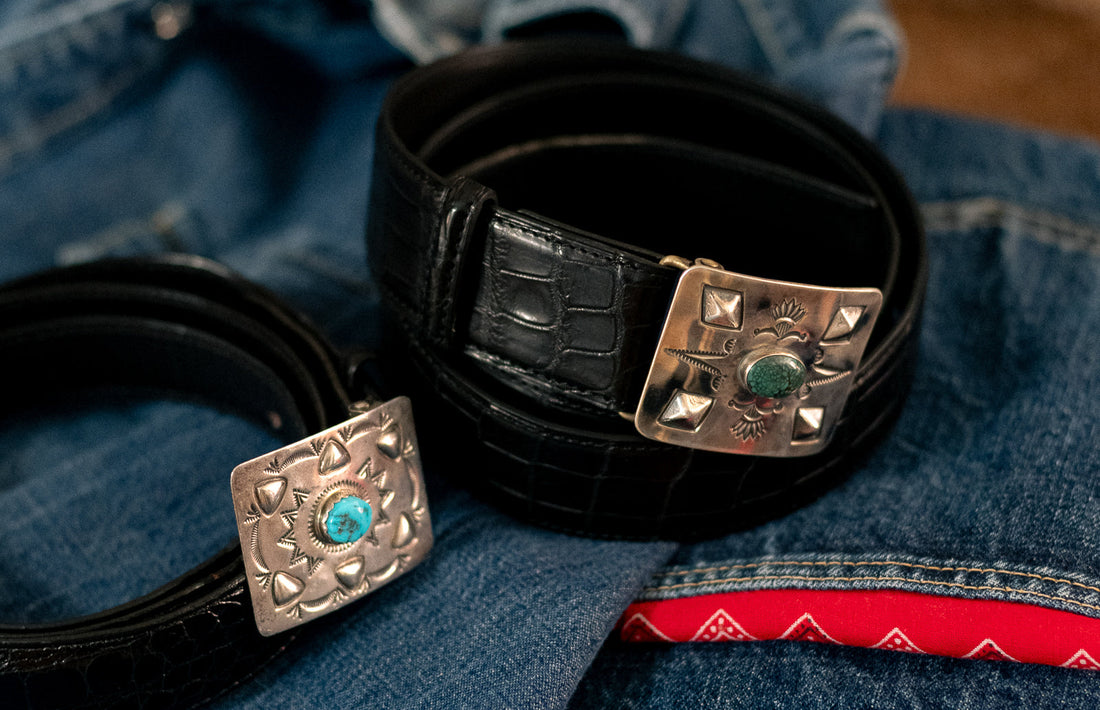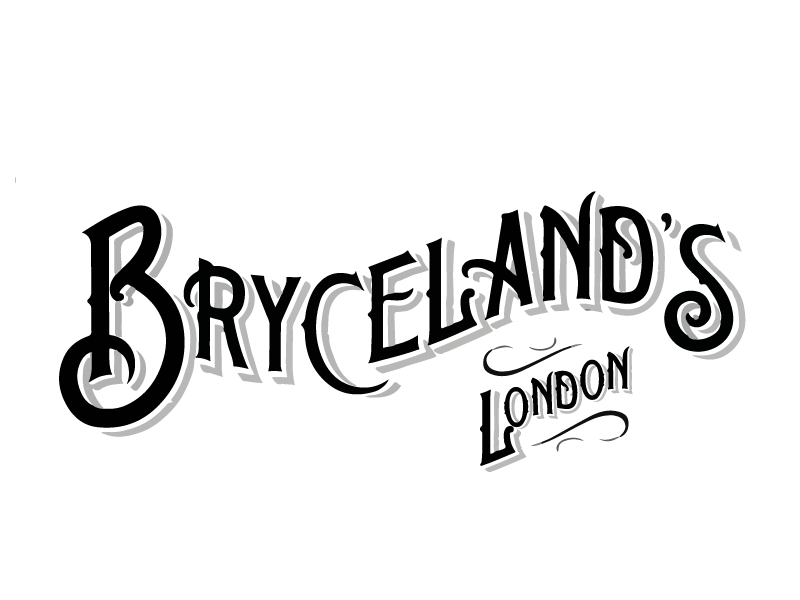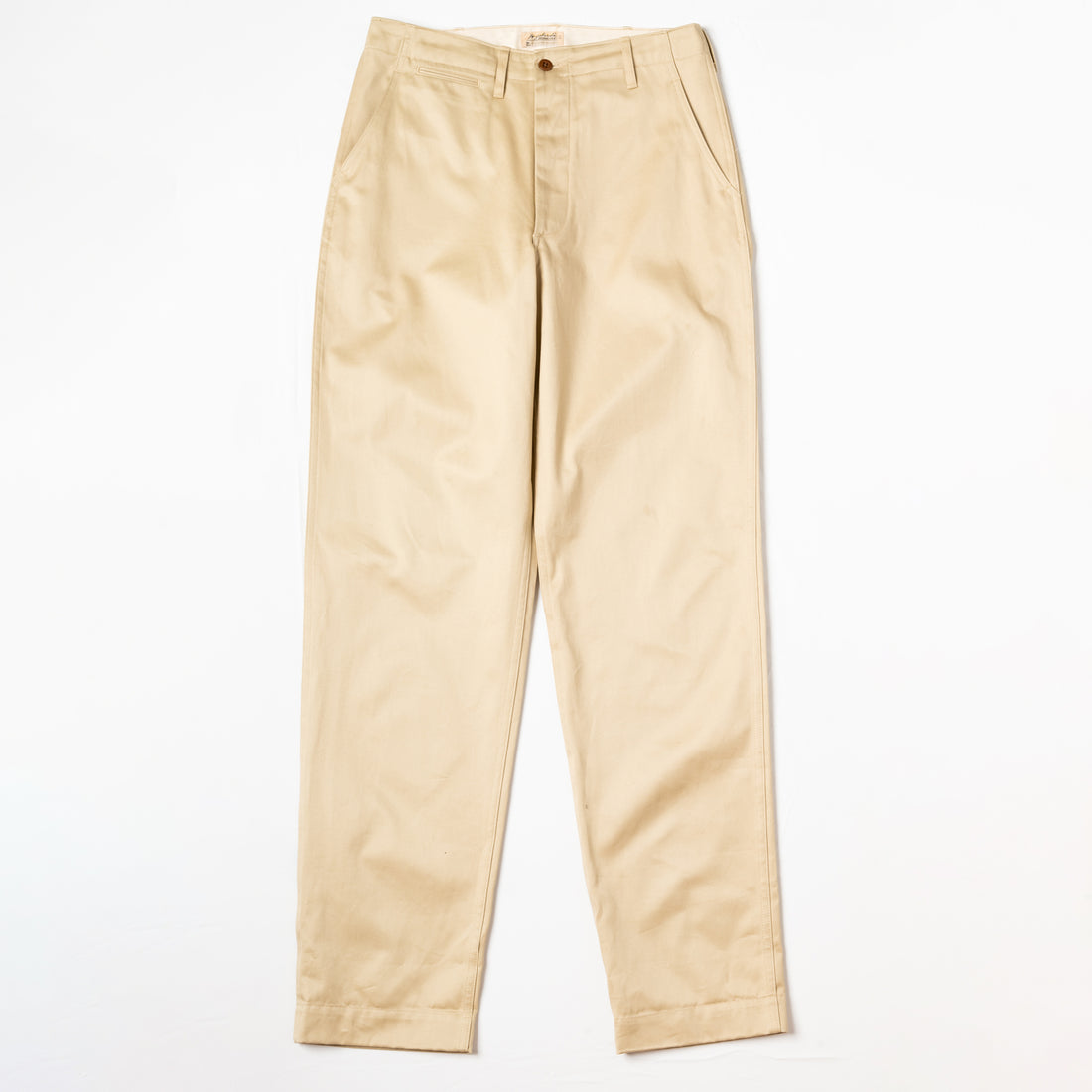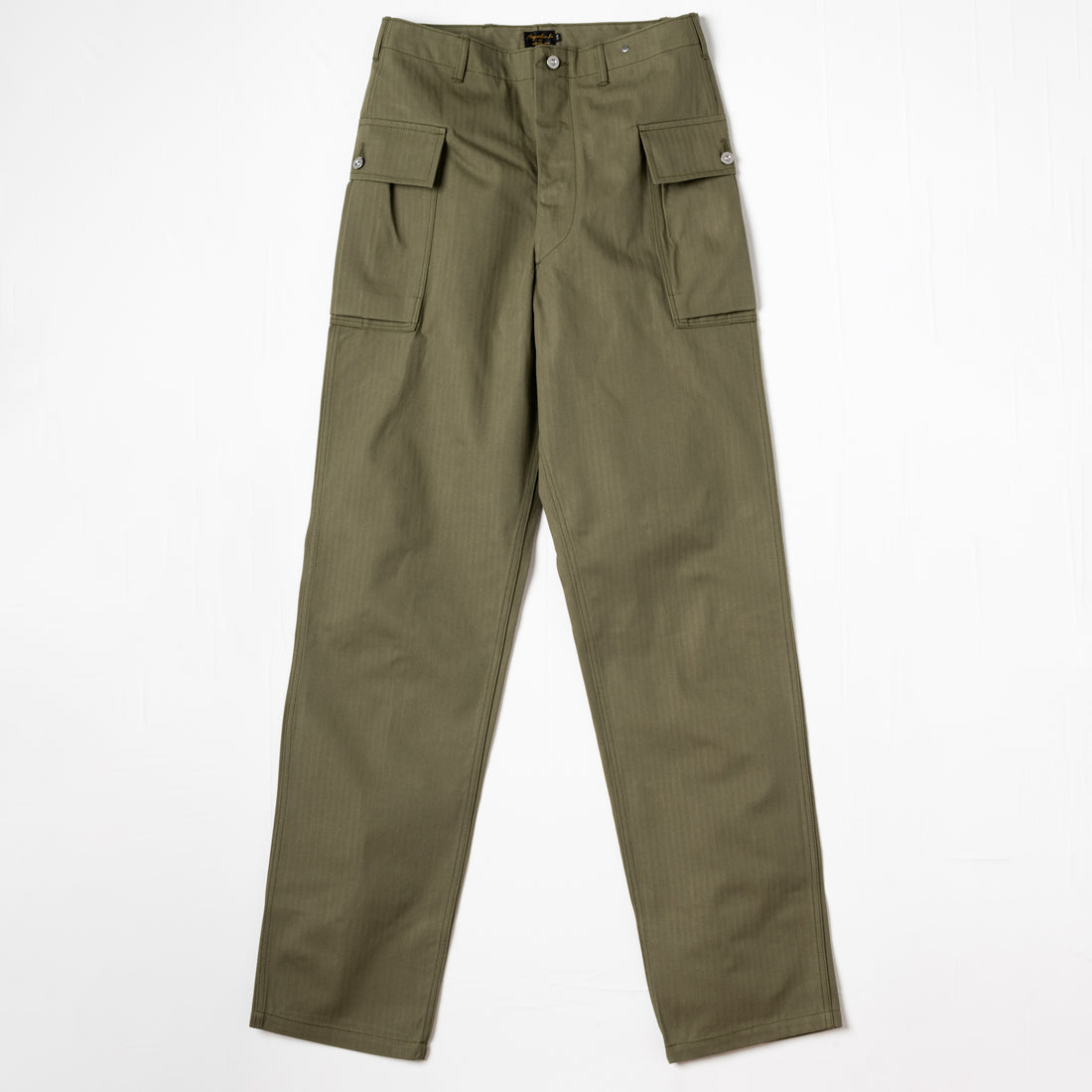

On Film Costumes and Oppenheimer
On Film Costumes and Oppenheimer
Another award season has wrapped up for the year, leaving us to reflect on some of our favourite, and some of the more dire, cinematic moments of the past twelve months. As menswear enthusiasts, we pay particularly close attention to movie wardrobes, and given our interests, a special eye is cast over historical film productions.
Running the costume department for a period piece of film can be a tricky affair. You need to perform a balancing act of sorts: Firstly you need to portray historical accuracy. This needs to be tempered however with an audience’s preconceptions for clothing of the time which often fixate on the broader strokes of the decade in question. All the while you need to be trying to tell a particular character’s story via their sartorial choices.

Of particular note to us this year was Christopher Nolan’s Oppenheimer, the deserved winner of the Best Picture at the 2024 Academy Awards. It also racked up another six of the thirteen Oscars it was in the running for, yet unfortunately losing out for Best Costume Design to Yorgos Lanthimos’s surreal Poor Things. We were still very taken with designer Ellen Mirojnick’s sartorial vision for the American 1930s and 40s that she was tasked with recreating for the titular biopic.
Mirojnick is an Emmy decorated industry veteran; starting work in the 1980s. Of early note was her “Greed Is Good’ creation of Gordon Gekko in 1987’s Wall Street - the gold standard of 80s power dressing. Michael Douglas’s slick backed hair, Albert Thurston braces and pinstripe suits becoming the de facto time capsule for yuppified boardroom machismo.
It is his time as a recruit of the top secret Manhattan Project, and in particular, his tenure as director of the Los Alamos Laboratory in New Mexico which really piqued our interest. Here, he abandons the tweed and flannel of academia for a uniform more suited to his stature, his environment and the task at hand. With a certain amount of independence away from the coastal centres of power, his wardrobe reflects well the desert and big skies around him.
His brown and sand coloured suiting of calvary twill is cut in time-appropriate large and drapey fit, with “Hollywood Top belt loops”, wide lapels, extended shoulder and a generous silhouette. Those subdued hues are paired with a sky blue spear collar shirt and plain chocolate brown tie. On his head a distinctive telescopic crown wide brimmed hat recalls the contemporary headwear of similarly desert dwelling Frank Lloyd Wright.



Ellen Mirojnick commented to Vox Magazine, “There’s an elegance, an empowerment and a strength about who that man has become as he walks out of this office in the totality of this outfit… A rock star is born.”
Perhaps the only real piece of flash to the ensemble, and certainly the focal point of the look, is Oppenheimer’s belt buckle. On a plain brown thin belt sits a rectangular silver belt buckle with what appears to be Navajo style engraving around a central turquoise lozenge. The perfect rounding out of the outfit, it places the character squarely in both his geographical location and a more metaphorical place: on the frontier of the American West and somewhere of historical and cultural importance.



We immediately were put in mind of some of our own pieces from the Bryceland’s collection; our ready-to-wear and made-to-order creations from California’s Wellema Hats. Our signature made-to-order suiting block and belt looped Winston trousers from WW Chan. Our range of plain ties from Florence’s Sevenfold. And most especially, the turquoise & western jewellery and accessories exclusively made for us by Red Rabbit Trading from Texas, who kindly supply us with a range of silver and turquoise belt buckles in a similarly singular and elegant style.
Mike's hand-tooled process for our buckle is worked off of a vintage example we have, most probably made in the 1960's mimicking an older style, very similar to that of Oppenheimer's. Though the original Oppenheimer buckle was just hand-tooled silver, lacking a turquoise cabochon, working with Mike, it would have been remiss not to include a stone as the focal point. Each buckle has a unique stone set in the centre, ranging from darker green matrix stones, to clear blue un-mottled stones.












